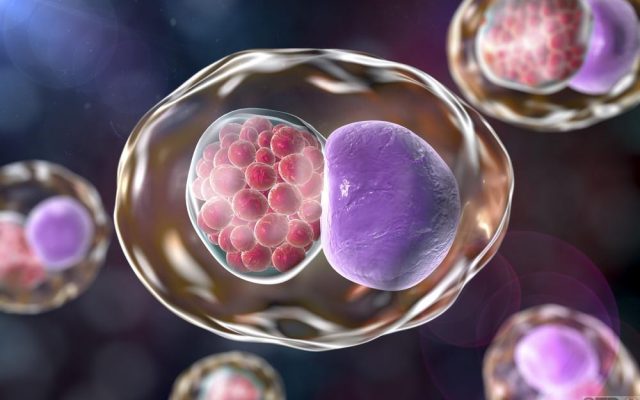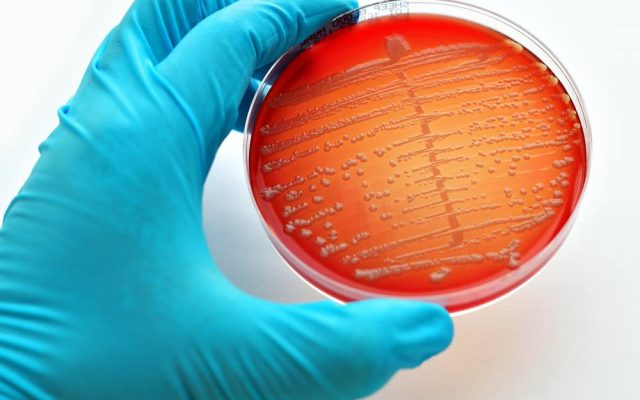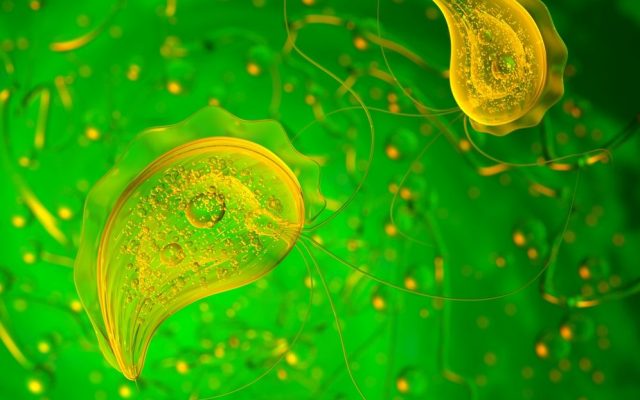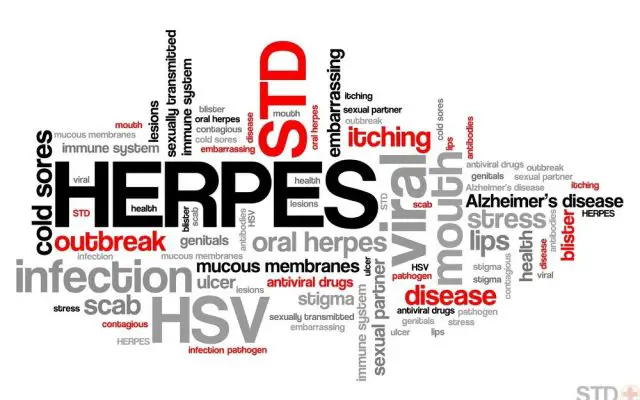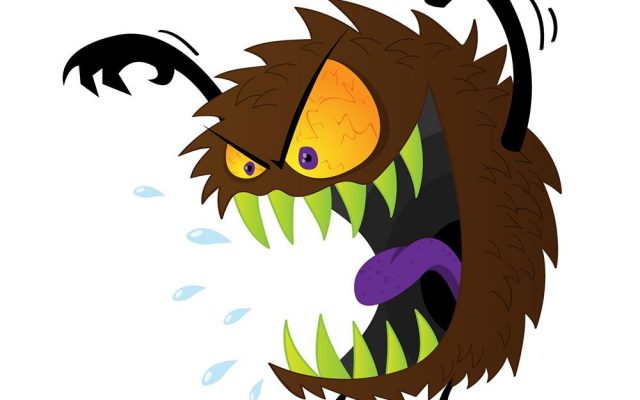Sexually Transmitted Diseases (STD’s / STD) Guide
The estimated total number of people living in the US with STD is over sixty-five million. Every year, there are approximately fifteen million new STD cases.
Our mission is to empower people to manage their health. We hope to accomplish this by providing useful and up-to-date important information, STD symptoms and pictures, and latest STD treatment guidelines.
A team of volunteer web-publishing professionals and medical experts work side by side to produce this STD Guide Online Version for you.
Through this unique collaboration, we give you access to knowledge and control over your health.
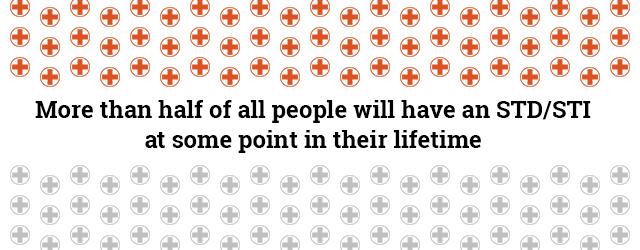
Facts About STD
- 65 million of people living in the US with STD
- 15 million of new STD cases each year
- 2/3 of all sexually transmitted diseases occurs in people 25 yrs of age or younger
- one in four new STD cases occur in teenagers
- cervical cancer in women is linked to HPV
- doctors are required to report newly diagnosed STD cases of gonorrhea, syphilis, chlamydia and hepatitis B to state health departments and the CDC
- one in four Americans have genital herpes, 80% of those with herpes are unaware they have it
- at least one in four Americans will contract an sexually transmitted disease at some point in their lives
- 15% of all infertile American women are infertile because of tubal damage caused by untreated sexually transmitted diseases
- 12% of all infertile American men are infertile because of inflammation of the testicles and sterility caused by untreated STD
STD Symptoms
Particular danger of STDs lies in the fact that due to often asymptomatic character many people (women are especially susceptible) receive no treatment which can lead to further transmission of the disease to other partners or even to female infertility in severe cases.
As the signs of STD aren’t always obvious, even minor symptoms or one of them are worth paying a visit to a doctor. Early stages of most STD are easy to cure although some of them require long-term treatment.
The most common STD symptoms are:
- Painful urination and pain during sexual intercourse
- Itchy, sore and irritated genital area
- Unusual and abnormal discharge from vagina/penis (may be colored/with odor)
- Blisters or sores around genitals and anus
- Vaginal bleeding after sex
- Pain in lower abdominal
- Low fever and flu-like symptoms
- Pain in the testicles
- Bleeding between menstrual periods
- Urge to urinate often
Although the above mentioned symptoms are helpful in detecting STD, the only reliable method is medical tests. Thus, annual medical check-up is highly advisable for sexually active people.
Follow the link to check the detailed list of STDs with relevant symptoms.
STD Treatment
Depending on the cause the whole group of STDs can be broken down into 3 categories:
- STDs caused by bacteria. These include chlamydia, gonorrhea and syphilis and are easily treated with antibiotics. Often one dose is enough to cure the disease but if the whole course is prescribed it is highly important to stick to it and comply with the therapy schedule.
- STDs caused by parasites like Trichomonas vaginalis which brings on Trichomoniasis are also cured by antibiotics, anti-parasitic drugs or medicated shampoos.
- Viral STDs (genital herpes, HIV, human papillomavirus, hepatitis B) cannot be cured completely but orderly treatment can help keeping the virus under control for a consistent period of time.
Among the most common medications prescribed to treat STDs are pills and injections. Local treatment like creams or gels can be applied to irritations and sores.
Whichever disease is being diagnosed and treated it is crucial to inform the partner and to encourage them to undergo the check-up. STDs often run asymptomatically which makes transmission to other people easy and unnoticeable through sexual contacts. It is highly recommended to abstain from intercourse until the treatment is over and negative medical test results are received.
Follow the link to check the treatment for specific STDs.


